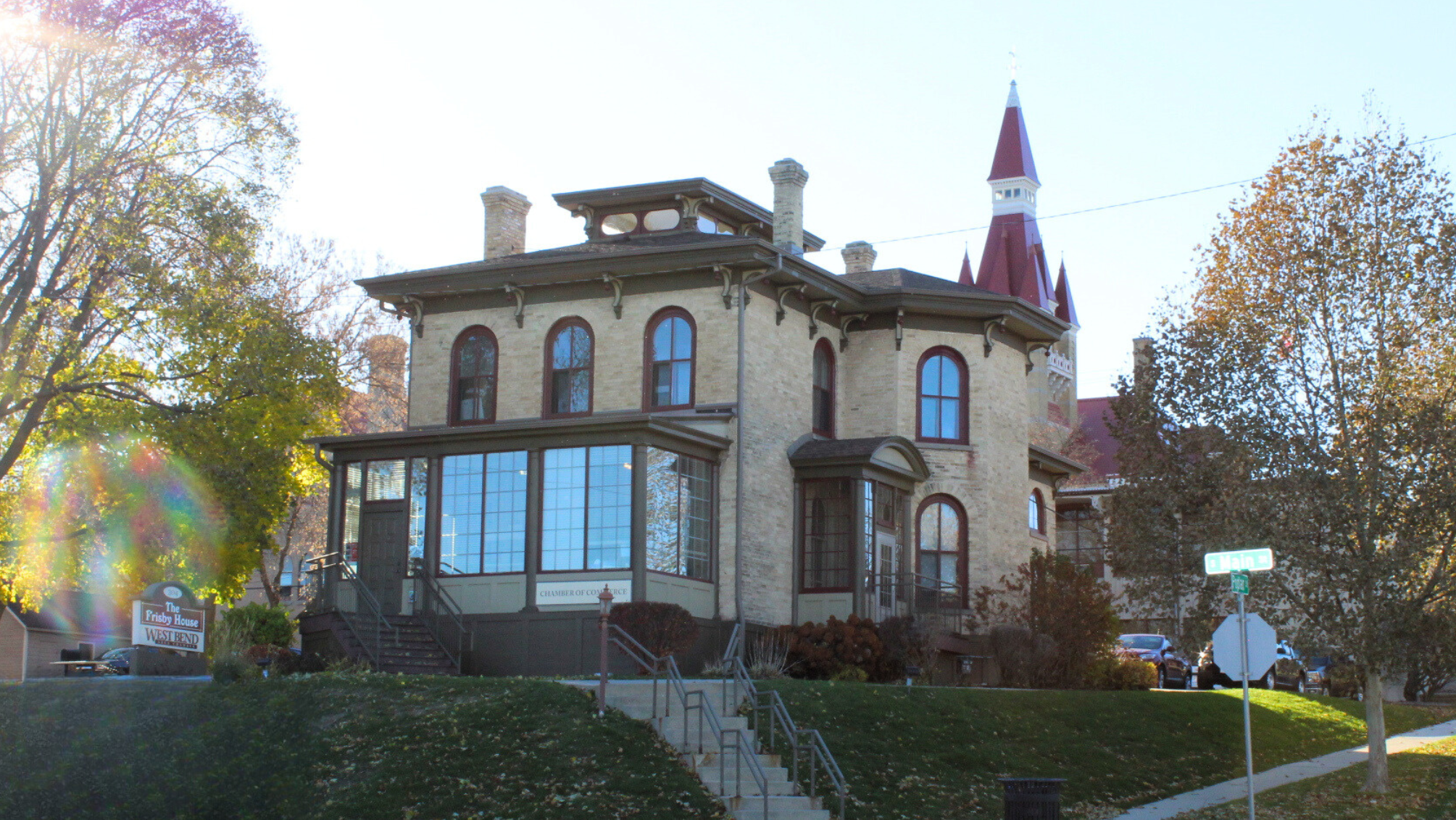With Architectural Conservator, Steve Stuckey
Since our organization acquired the Frisby House in 2023 (you know the one… cream-city brick exterior, sits distinctively on the corner of Main and Poplar), architectural conservator and TTHC Executive Director, Steve Stuckey, has been chiseling away at the modifications done to the residence since it was built, trying to uncover how much of the historic home is still, well, “historic.”
The Tower Heritage Center is excited to complete a Historic Structure Report (HSR) on the building and convert the first floor spaces as back to original as we can. The Frisby House is going to be a wonderful home to a Washington County Welcome Center, educational program space, an office hub for staff, and more!
Read along to see where we’re at on our checklist for this historic property!
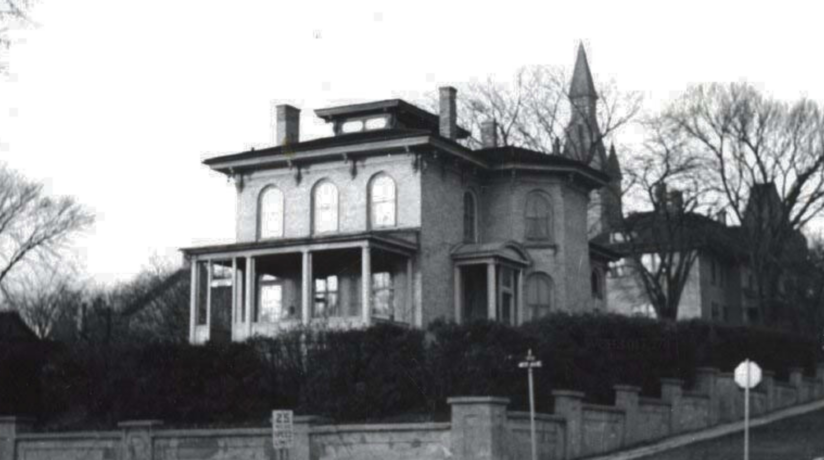
1. Tap into the house’s history. Check!
The story of this beloved structure is one that’s been well-circulated throughout the community. It’s been accepted that Leander Frisby built the original core of the house in 1865 to accommodate a growing family supported by a budding legal and political career. After his death in 1889 and auction of his assets, the property was purchased in 1891 by Herman J. Wagner.
It was Wagner who evolved the building into what it is today: a wood frame building that was veneered with cream city brick and altered to resemble an Italianate-style dwelling with an iconic belvedere. That’s right! The recognizable cream city exterior was originally a wood frame building! (see Figures 1, 2, and 3).

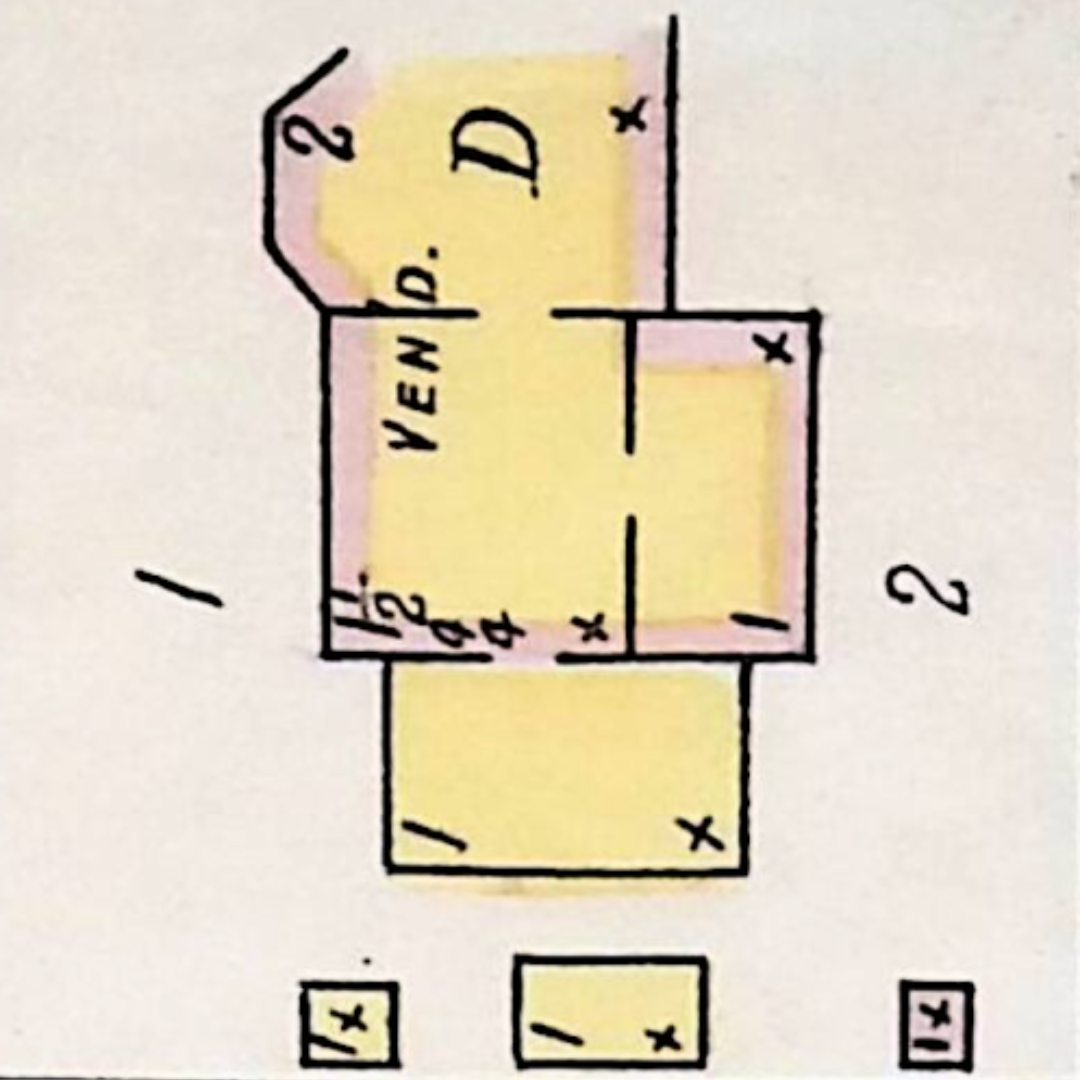
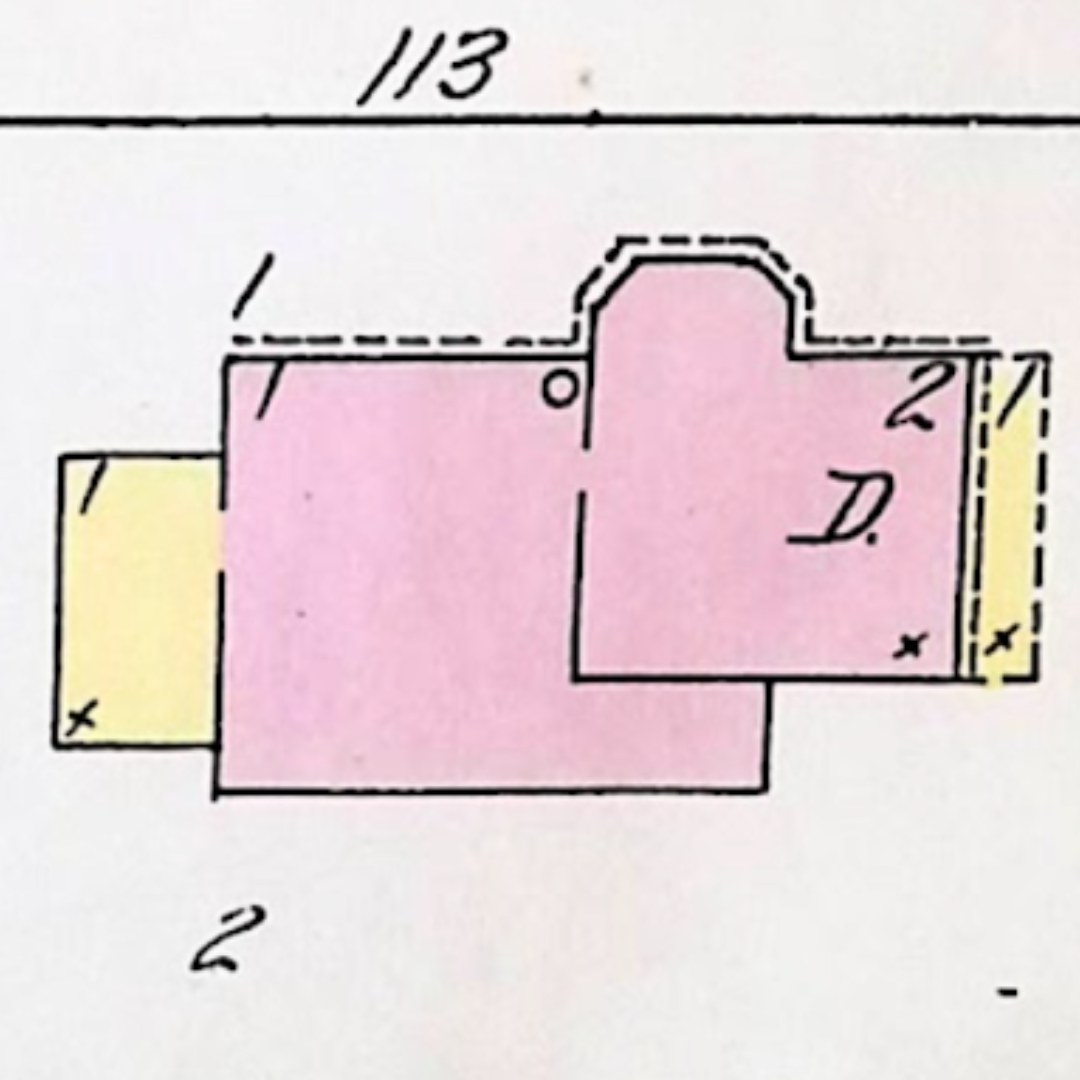
2. Determining what’s been changed. Check!
Besides the sash windows and their trim- more formerly known as architraves- unfortunately nearly all the second-floor finish and building systems have been replaced. This includes but is not limited to:
- Eight doors and their trim were removed and are unoriginal.
- All flooring and baseboards have been removed and replaced.
- The steep authentic staircase to the belvedere has been modified and currently is a spiral staircase.
- All original plaster walls and ceilings have been replaced with drywall (an upsetting discovery as nowadays plaster wall coverings are a rarity).
- Change of flow in the 2nd floor space had been altered sometime before 1978. Included are floor plans documenting these changes. (see Figures 4 and 5).
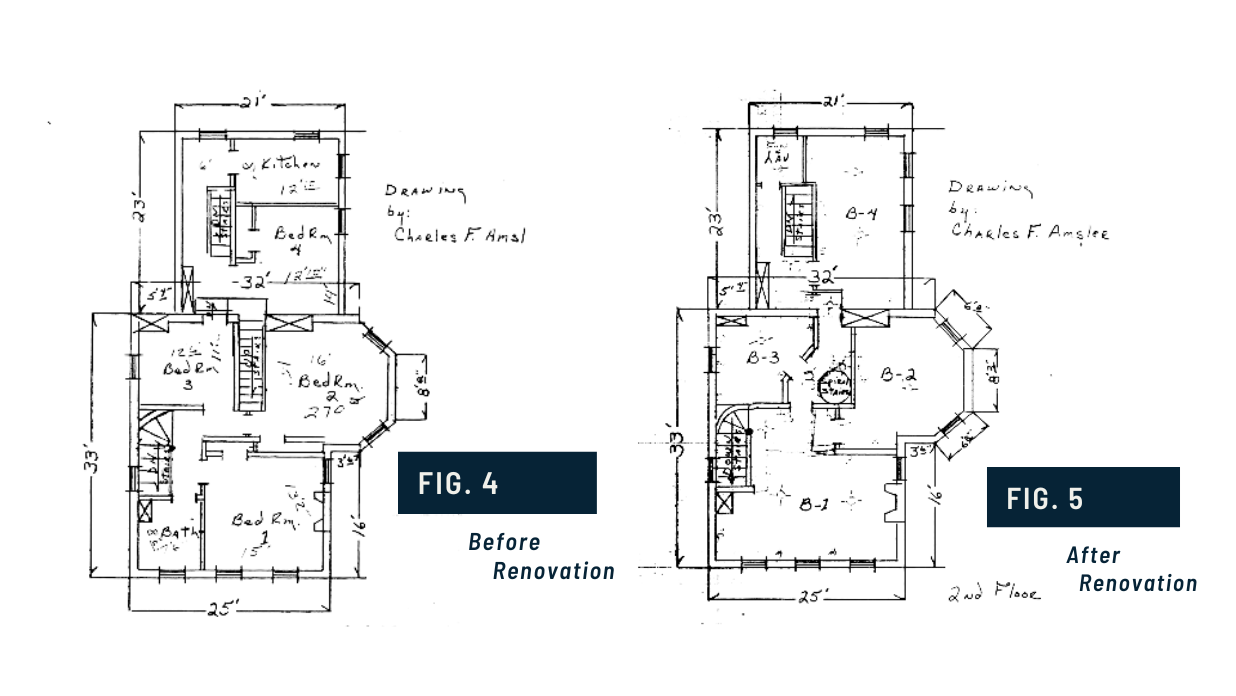
3. Making the walls talk. (Not checked.)
Although there have been interventions, we’re hopeful that with a little more digging we’ll be able to find venerable elements that give us a glimpse of the house’s history.
Our next steps are to analyze one of the most promising pieces of information- paint samples.
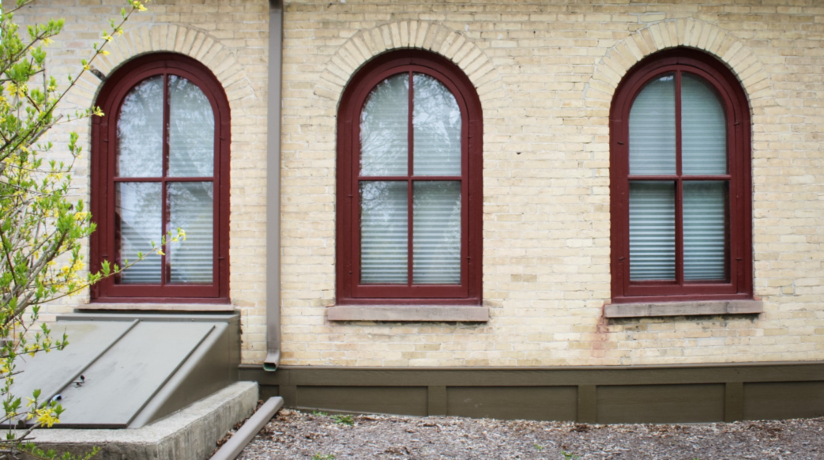
We plan to conduct paint analysis on the windows and architraves to determine past color schemes of the interior. It seems that several layers (or “generations”) of paint are still present, revealing what the original colors of these spaces were during Wagner’s – and possibly even Frisby’s – time.
Parting Words
Make sure to follow along for future updates, as we continue down the journey of restoring the 1865 Frisby House.
You Make Our Work Possible!
Community support allows us to continue telling Washington County’s stories. We invite you to become a member and consider making an additional gift of support. Contact us about sponsorship opportunities for local businesses as well.
